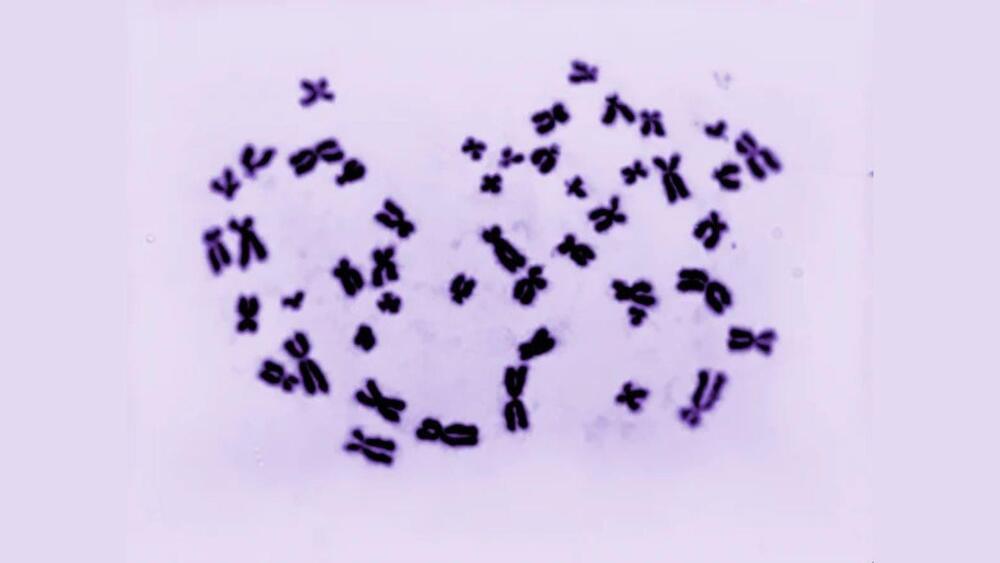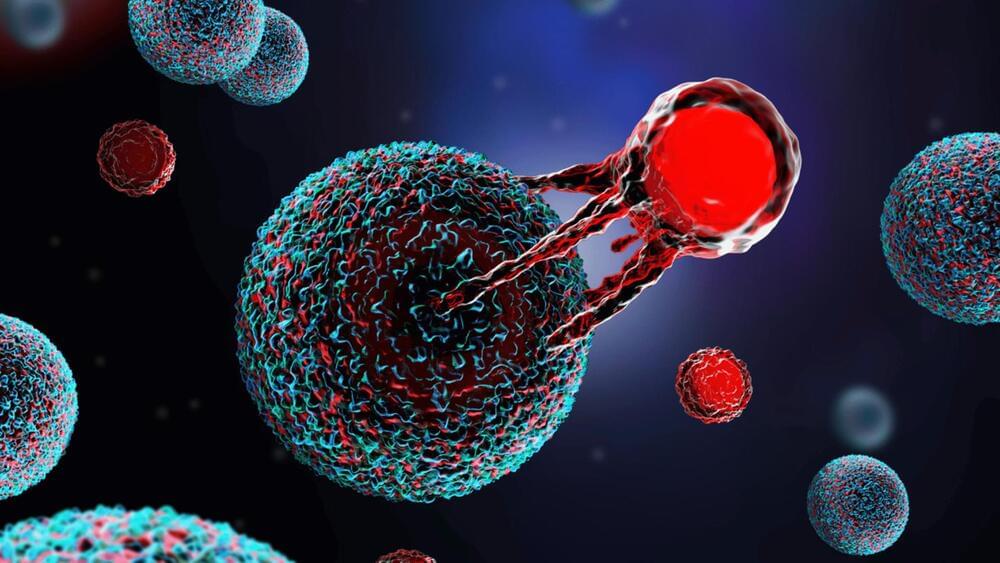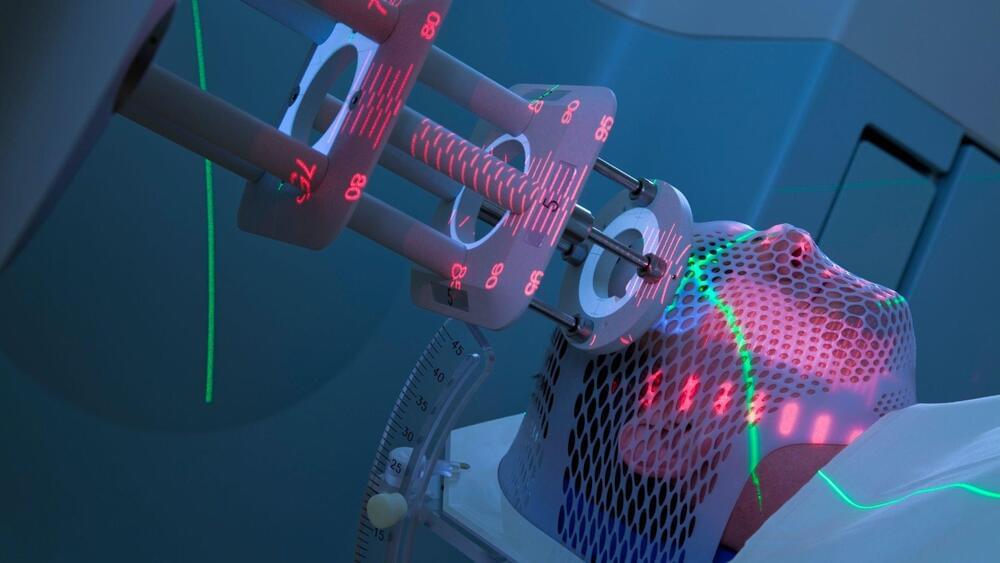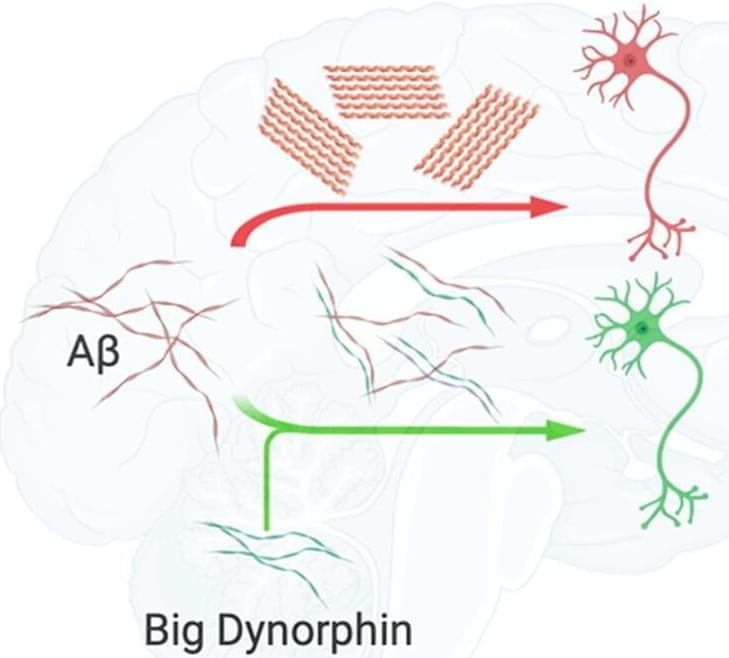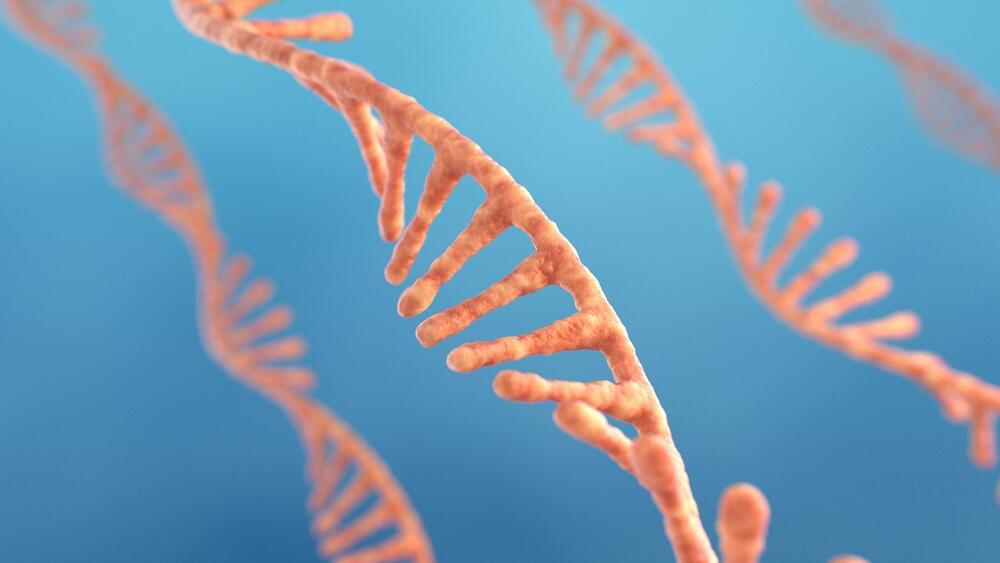Dec 22, 2022
In a first, scientists produced male and female cells from a single person
Posted by Gemechu Taye in categories: biotech/medical, genetics, sex
It will provide a better understanding of how drugs affect men and women differently.
Scientists created male and female cells with the same genetic code from the same person for the first time. This unique set of cells could provide researchers with valuable insights into how sex chromosomes affect various diseases and their role in early development.
CDC/Dr. Laine.
Continue reading “In a first, scientists produced male and female cells from a single person” »
